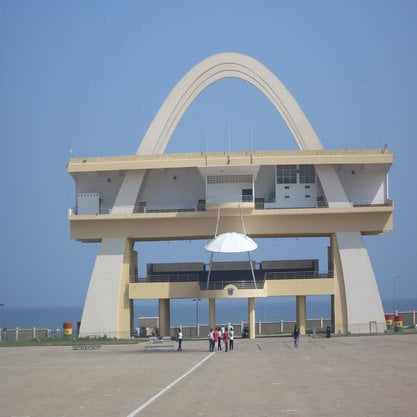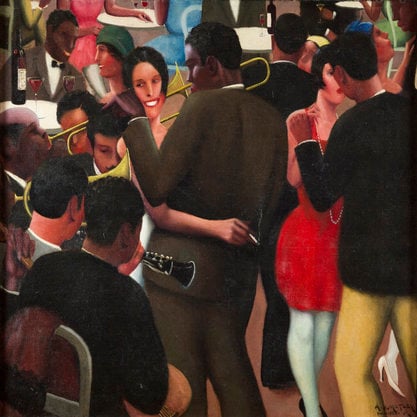Article
Afrocubanismo By Drissi, Susannah Rodriguez
Article
Afrocubanismo constitutes an ideological shift in the valuation of Afro-Cuban forms of cultural expression and their acceptance on a national scale. From about 1927 through to the late 1930s, Afrocubanismo influenced all domains of élitist and popular art. At a time of fundamental changes in artistic expression, Afrocubanismo was partly nourished by international aesthetic trends in Madrid, Paris, and New York. A new interest in the non-commercial expression of Afro-Cubans inspired numerous works, from the ethnographic writing of Lydia Cabrera to the paintings of Eduardo Abela, Jaime Valls, and Wifredo Lam. The literary works of Alejo Carpentier and Nicolás Guillén belong to this Afro-Cuban moment, as do the musical theatre of Ernesto Lecuona and the symphonic compositions of Amadeo Roldán. Afrocubanismo involved, among other things, exchanges between national and transnational figures and forms of expression that included the influence of Cuban music on American jazz, Latin jazz, and rhythm and blues. This exchange culminated in the long relationship between Afro-Cuban poet Nicolás Guillén and North American poet Langston Hughes.



